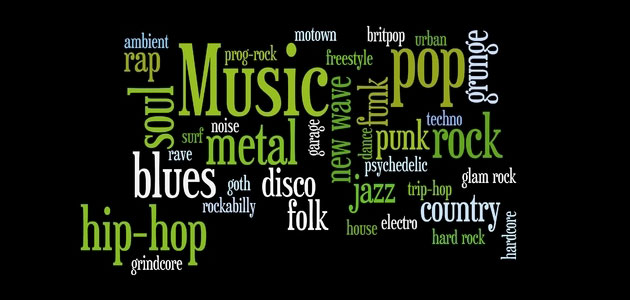
History:
Like Goa and the Melbourne Shuffle, Balearic wears its geographic origins firmly on its sleeve: the Balearic Islands are the archipelago that contains Majorca and Ibiza. It’s here, in mid-eighties clubs like Pasha and Amnesia, Paul Oakenfold and friends first discovered something amazing happening. They brought it back to the UK but it failed horribly and it wasn’t until a rebirth some ten years later that Balearic really took root in London, and burst outward from there.
Identifying Characterstics:
It’s laid back. Early Balearic was known as much for its diversity as anything else, but the modern stuff is a bit more tightly defined: grooves are generally less than 120 bpm and it exists, on the whole, somewhere between downtempo chillout, Latin funk and house. It can be techy or organic; deep or light, vocal or instrumental, but it’s always warm. The important thing is that it keeps the party moving: diehards will tell you that Balearic is a lifestyle, a spirit, and not a genre at all.
Heroes:
Paul Oakenfold, Danny Rampling and Nicky Holloway are credited with bringing Balearic from Ibiza to the continent, but they heard it first from the likes if DJ Alfredo (who is still playing and whose most recent album, a rerelease of 2006’s A Balearic Gift, dropped just a month ago).
Symptoms:
More compilations than you can poke a stick at. There’s precious little artist albums of Balearic, but keep an eye out for Balearic Beats – The Album Vol. 1 (1988), and if you ever get the chance to see Alfredo play, snap it up!
Prognosis:
Not concerned with trying to break new ground, Balearic draws its influences from whatever will work – so as the music of choice for Ibizan club-goers changes, so will Balearic.




